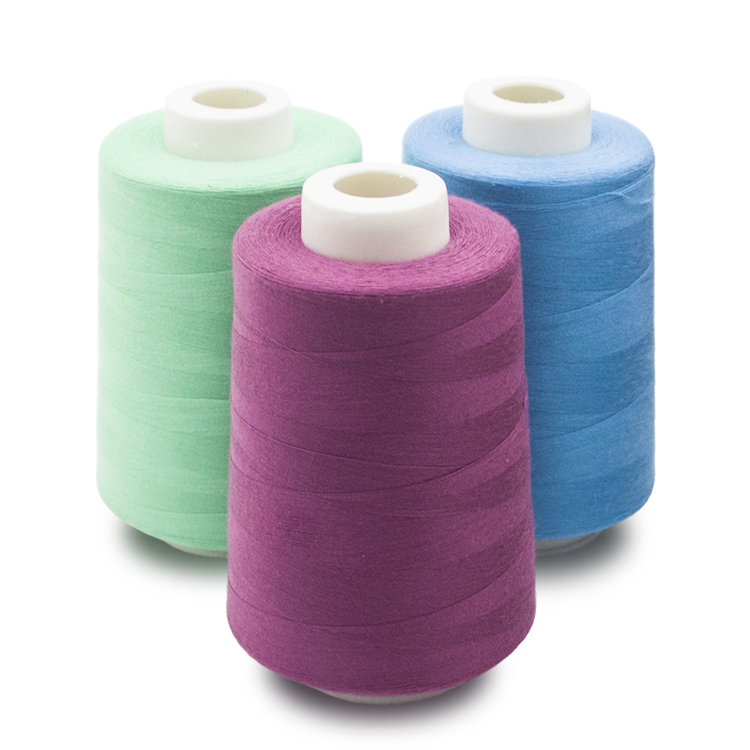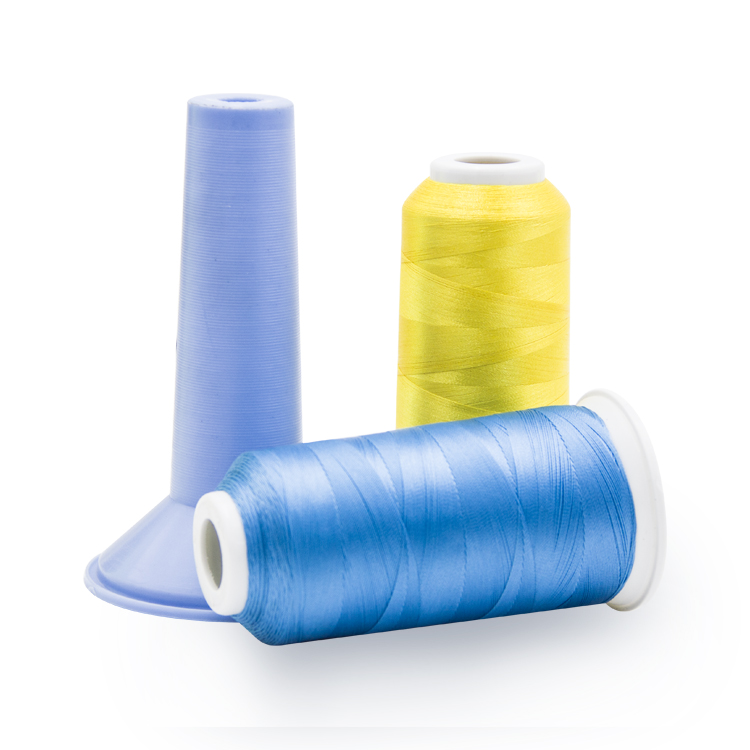
The cause analysis and control of the cross bar of knitted yarn(4/4)
4.It is difficult to solve the problem of color difference by traditional cotton blending method
(1) according to the research and production experience of many foreign experts, some defects in yarn, such as hairiness, nep, count, twist unevenness, count deviation and so on, only account for about 20% of the reasons that affect the dyeing effect of the fabric, and nearly 70% of the reasons that affect the dyeing effect of the fabric are caused by the quality of raw cotton itself, among which the crossbar defects after dyeing are more obvious Outstanding. It is generally believed that the content of immature fiber is the main factor to cause the defect of dyeing crosspiece. The traditional management of raw cotton blending does not pay attention to the influence of fiber maturity and immature fiber on the yarn nep and fabric dyeing appearance. At the same time, the raw cotton is sampled according to the proportion of about 20%. The test data of the instrument is not completely objective and scientific, and some data rely on manual detection. Therefore, the traditional management method of raw cotton blending has defects, and it is difficult to solve the problem of color difference. The modern way of cotton blending requires that the maturity of raw materials should be tested one by one in raw cotton testing, and the so-called color difference problem can be solved. The measurement of micronaire value of cotton fiber by traditional air flow meter is only a comprehensive reflection of fiber fineness and maturity, and it can not accurately reflect the distribution of immature fiber in raw cotton, so it can not be used to guide the blending work.
(2) ruitu user ® HVI fast and large capacity fiber tester is the only recognized standard in cotton grading in the world. The user ® HVI platform has a self diagnosis function, which ensures the stability of the instrument, accurately detects the moisture in the cotton sample, corrects the fiber length and strength results, and ensures the accuracy of the test results.
The user HVI tester is characterized by fast speed, many test items, large sample capacity and correct data, which makes the cotton quality detection method shift from manual hand feeling visual inspection to scientific instrument analysis, and can meet the needs of users who need a large number of tests. It can provide all quality indexes needed for raw cotton inspection: micronaire value, fiber length, evenness index, maturity index, strength, elongation, staple index, reflectivity Rd, yellowness + B, neps, impurities, spinning consistency index, etc. User ® HVI can quickly and accurately detect the maturity index of each bale, accurately reflect the distribution of immature fiber in raw cotton, and can be used to accurately guide the blending work. Users can also use user cotton distribution management system (SCI and BAL manager) for data analysis. Histogram can better analyze a large number of data, making the work simple, accurate and reliable. User cotton distribution management system is a standard tool to deal with the quality difference of cotton.
It is very important to test raw cotton with advanced textile testing instruments. The same is true for chemical fiber raw materials. For example, the traditional method of viscose fiber classifies each batch. However, due to the same viscose fiber production raw materials on the market at present, there are wood pulp, wood pulp and cotton pulp mixed. The whiteness of raw materials, the proportion of wood pulp and cotton pulp, the color, the amount of residual sulfur, the color absorption effect, etc. must be tested and analyzed by instruments to reduce the color difference caused by raw materials and their ingredients.

5 Conclusion
The main reasons for knitting fabric rungs in the spinning process are the difference of raw materials, the fluctuation of raw materials in the process of use and the fluctuation in the time of receiving batches. In addition to the traditional management mode, the enterprises with conditions are suggested to increase the investment in high-tech equipment and purchase advanced spinning equipment and testing instruments, such as the use of Switzerland user ® HVI 1000 for cotton distribution, which can greatly Degree reduces the risk of the impact of raw material use process on product quality; the uneven yarn weight is mainly in the process of cleaning, carding and drawing, and it is also one of the effective means to strengthen the online management and detection level; the problems of twist difference, uneven sliver drying and hairiness are mainly the quality control of the post spinning process. Hairiness is the key point of quality control in the post spinning process, which is mainly controlled in the spinning process that produces hairiness and the winding process that is easy to increase hairiness. As long as the spinning enterprises take effective measures according to the causes of the rung in the spinning process, and strengthen the internal management level, they will definitely eliminate or reduce the phenomenon of the knitted fabric rung in the spinning production process.
In addition, in addition to the factors caused by the spinning process, the phenomenon of crosspieces also occurs in the process of weaving and dyeing and finishing. Therefore, it needs to be paid attention to and actively solved by all peers in the textile industry. In this way, we can produce fashionable knitted products that the market needs and the consumers are satisfied with.
Due to the geographical advantages of neighboring Hong Kong and Macao, the Pearl River Delta has a small proportion of spinning enterprises in the country, but knitting yarn accounts for 2 / 3 of the national consumption, and the export of knitted fabrics and clothing is also the largest in the country. Therefore, the production of high-quality yarn and knitted fabrics and fashionable clothing will bring good economic benefits to the enterprise.




